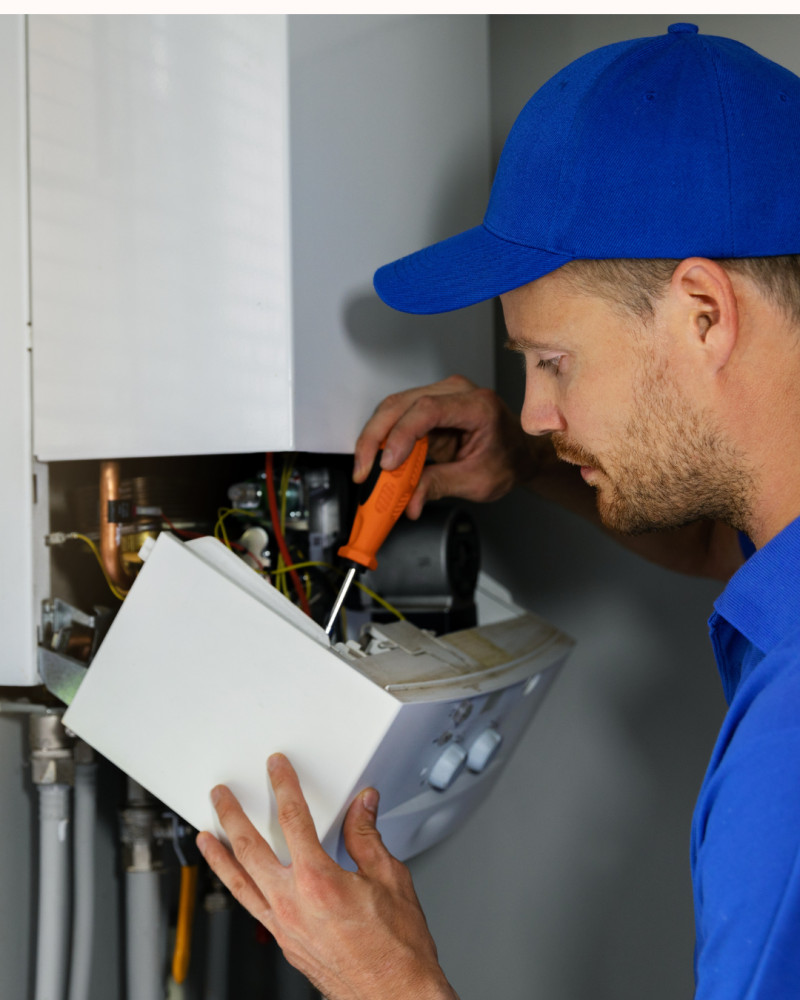🔥 How to Choose the Right Heating System for Your Clients
Selecting the right heating system is a crucial decision for any residential or commercial project. The system you recommend not only impacts comfort but also long-term energy efficiency, indoor air quality, and client satisfaction.
So how do you ensure you're offering the best heating solution for your client's needs, budget, and space?
This guide will walk you through the key factors to consider when choosing a heating system, helping you make informed, cost-effective recommendations.
🧩 1. Understand the Client's Needs and Priorities
Before diving into specs and brands, take time to understand:
Property size and layout
Climate zone
Client's budget
Energy efficiency goals
Environmental concerns (e.g., reducing carbon footprint)
Preferred comfort level (zoned heating, consistent temperatures, etc.)
Asking the right questions upfront helps you match the system to real-life usage, not just theoretical needs.
🏠 2. Evaluate the Type of Property
The structure and purpose of the building will heavily influence your choice.
| Property Type | Recommended Systems |
|---|---|
| Small Homes / Apartments | Ductless mini-split, radiant floor heating |
| Large Homes | Central heating (furnace or boiler with ductwork), zoned systems |
| Commercial Spaces | Rooftop units, commercial-grade heat pumps, hydronic systems |
| Renovations / Retrofits | Ductless systems, baseboard heaters |
Tip: Older homes may not accommodate ductwork easily — making radiant or ductless options more practical.
🌡️ 3. Choose Between System Types
✅ Furnace (Forced Air)
Heats air and distributes through ducts.
Compatible with AC.
Common and relatively low upfront cost.
Requires regular filter maintenance.
✅ Boiler (Radiant Heat)
Heats water to provide warmth via radiators or radiant floors.
Quiet and consistent heat.
Higher upfront cost, excellent for comfort and energy efficiency.
✅ Heat Pump (Air Source or Ground Source)
Provides both heating and cooling.
High efficiency, especially in milder climates.
More expensive upfront but lower operating costs.
✅ Ductless Mini-Splits
Ideal for homes without ducts or for room additions.
Zoned control, energy efficient.
Sleek indoor units but higher per-room cost.
✅ Electric Baseboard Heaters
Easy to install.
Great for supplemental heat or smaller spaces.
Higher energy costs over time.
⚡ 4. Factor in Energy Efficiency and Long-Term Costs
Look for systems rated by:
AFUE (Annual Fuel Utilization Efficiency) – for furnaces and boilers.
HSPF (Heating Seasonal Performance Factor) – for heat pumps.
ENERGY STAR® certification
⚠️ Don’t just focus on upfront costs. A more expensive unit could save your client thousands in energy bills over the years.
🔧 5. Consider Installation Requirements
Does the home have existing ductwork?
Is electrical capacity sufficient?
Is there space for indoor and outdoor components?
Will installation require permits or zoning approvals?
Proper installation is just as important as system choice — and poorly installed systems can reduce efficiency by up to 30%.
🌍 6. Account for Climate Zone
| Climate | Recommended Systems |
|---|---|
| Cold (Northern U.S., Canada) | High-efficiency furnaces, boilers, geothermal heat pumps |
| Mild (Pacific Northwest, Coastal areas) | Air-source heat pumps, ductless systems |
| Hot (Southern U.S.) | Heat pumps (dual function for cooling/heating) |
🛠️ 7. Maintenance and Support
Choose a system your client can realistically maintain:
Are replacement parts easily available?
Is local servicing accessible?
Does the manufacturer offer a warranty?
What are the ongoing maintenance needs?
Tip: Recommend a yearly maintenance plan to extend system life and maintain efficiency.
🔚 Conclusion: Customize for Comfort and Efficiency
There’s no one-size-fits-all heating system. The right solution balances performance, comfort, efficiency, and budget — all tailored to your client’s specific situation.
As an HVAC professional or contractor, your ability to educate and guide your client through the decision-making process is key to earning trust and ensuring satisfaction.
✅ Quick Checklist for Choosing a Heating System:
Assess home size and insulation
Determine energy source (gas, electric, oil, solar)
Understand budget (upfront and long-term)
Factor in regional climate
Consider existing infrastructure (ducts, space)
Recommend energy-efficient models
Plan for maintenance and support
Need help comparing specific systems or brands? Let us know — we can help you build side-by-side comparisons tailored to your client's project.



